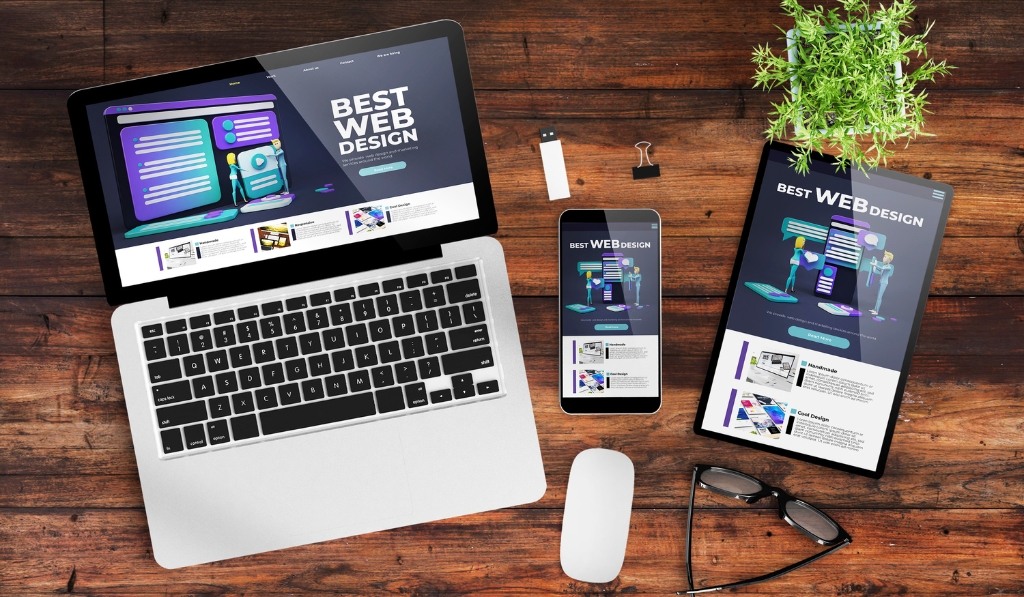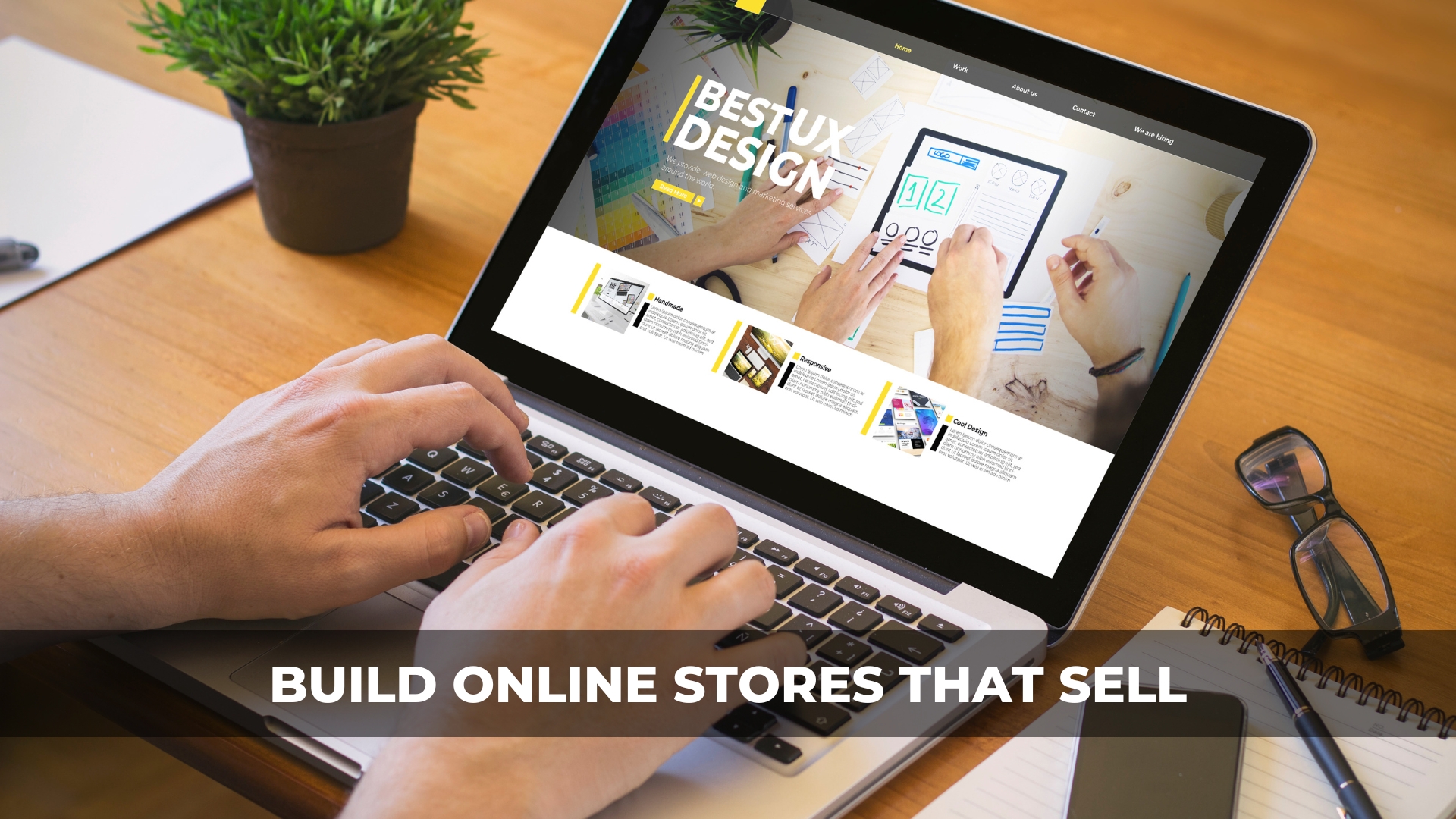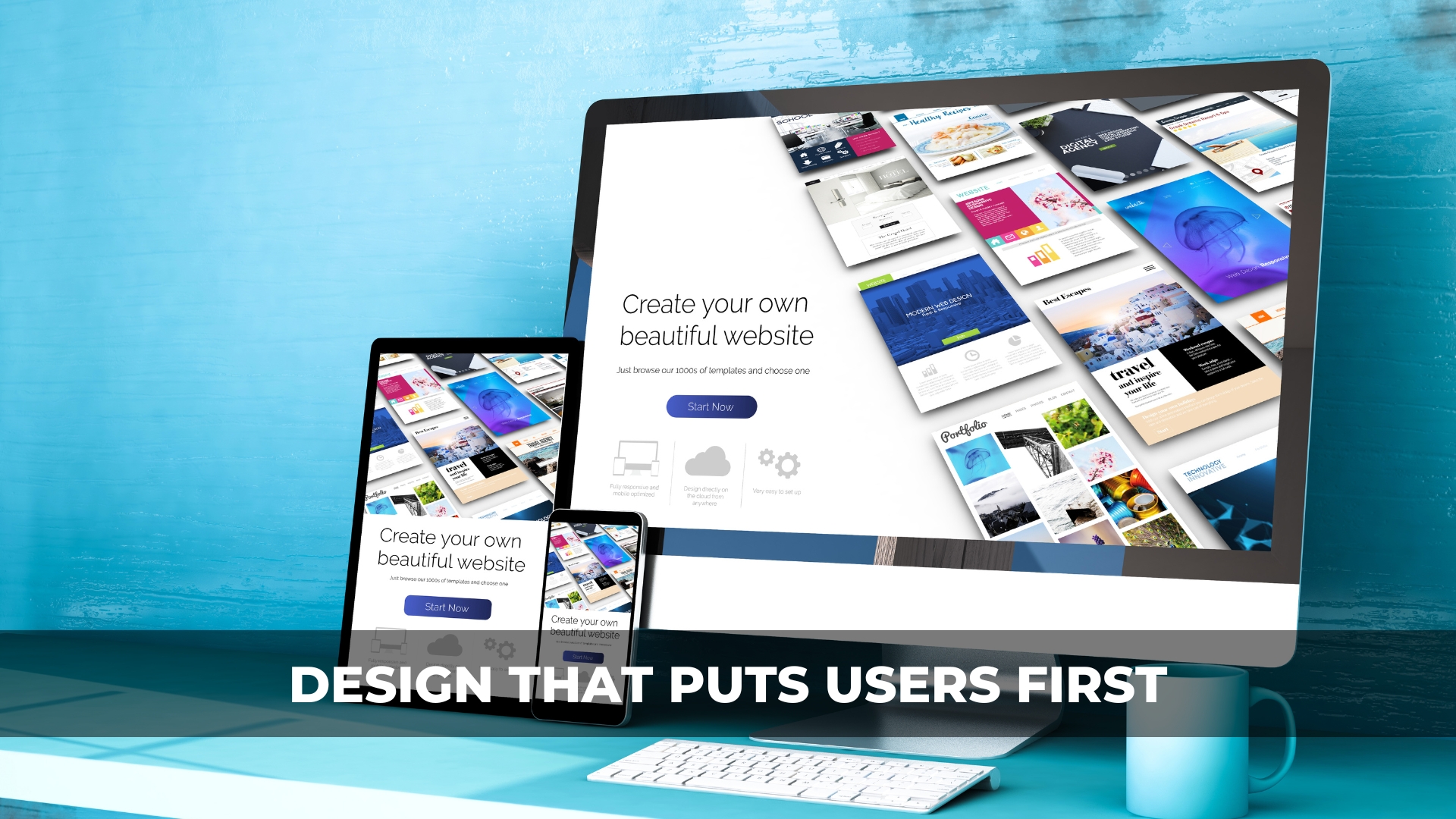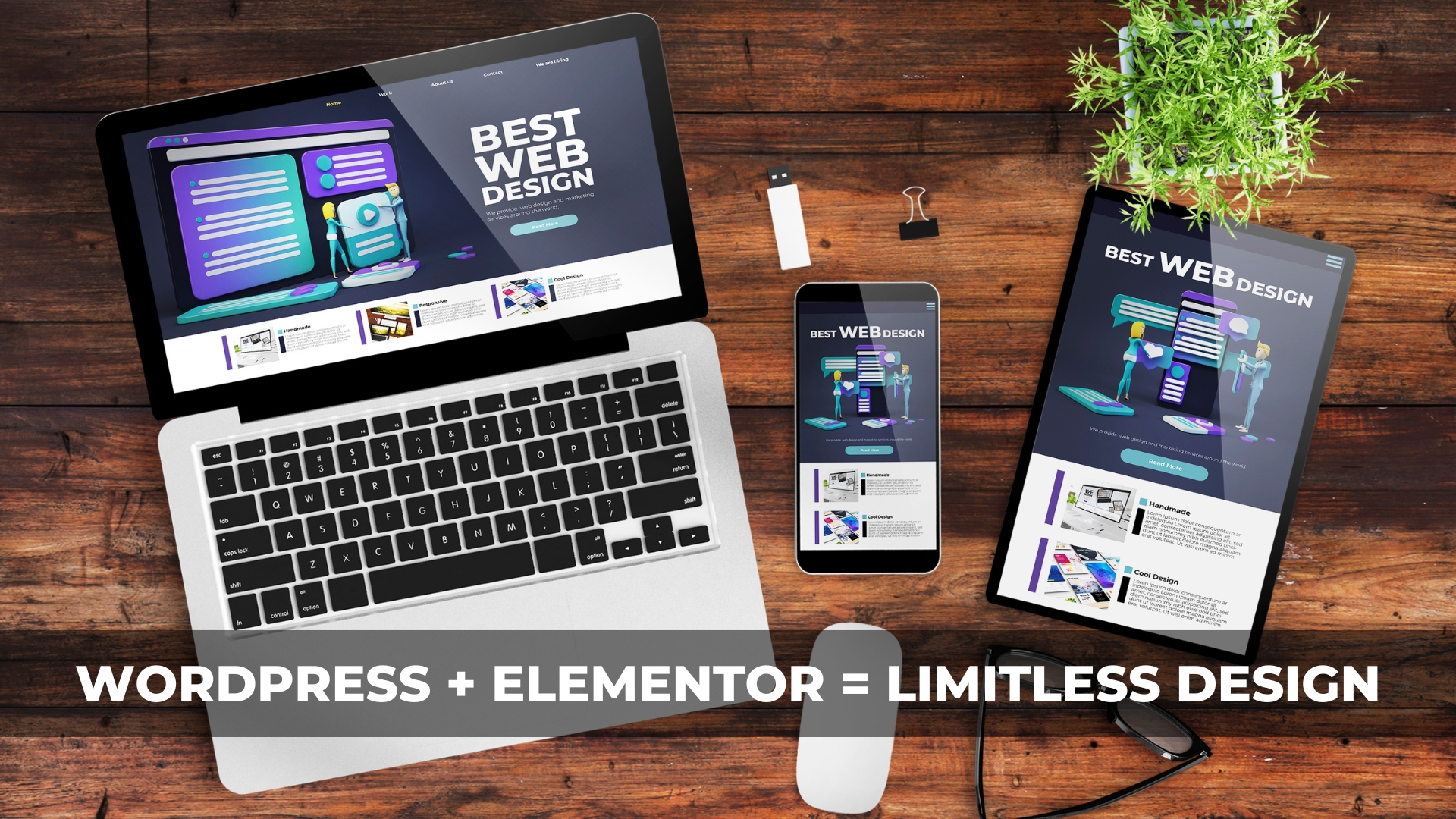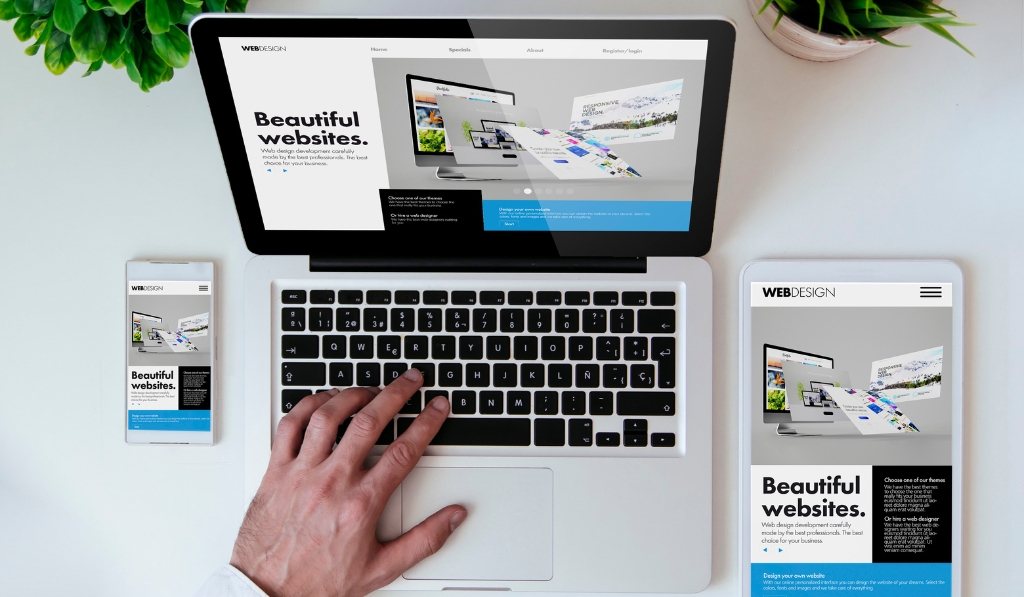Choosing the right website design service can feel like navigating a maze—especially when you’re a business owner focused on growth and trying to establish a strong digital presence. As someone who has been in this field for years, I’ve seen firsthand how much impact the right (or wrong) web design choice can have. Whether you’re a startup seeking your first business website or an established brand planning a comprehensive redesign, finding the right partner is crucial. Your website is more than just a digital placeholder—it’s your online storefront, your conversion engine, and in many cases, the first impression people will have of your brand. That’s why making the right decision requires more than just a Google search. It takes planning, research, and understanding of what professional web design entails.
Understanding What a Professional Website Design Service Includes
When I discuss web design with clients, I emphasize that it’s more than just visuals. A website design service should be a comprehensive solution, especially for businesses seeking to expand. It includes the layout, design, and coding that shape your site’s appearance and functionality. But that’s just the surface. The service should cover responsive web design, user interface (UI) and user experience (UX) strategy, SEO structure, CMS setup (most often WordPress), and technical performance optimization.
As a web designer and developer, I often integrate tools like Elementor for flexible layouts, use HTML and CSS for structure and style, and implement JavaScript for interactivity. From hosting configuration to speed optimization and schema markup for SEO, a true website designer needs to understand every layer of the web development stack. When clients hire me, they’re not just paying for something pretty—they’re getting a secure, mobile-optimized, and fast-loading site that is built to rank and convert.
Evaluating Your Business Goals and Digital Needs
Before hiring anyone, you need to assess your needs. If you’re launching a simple business website, the approach will be different than if you’re building a multi-product WooCommerce or Shopify eCommerce platform. I always ask my clients, ‘What is your goal?’ Are you trying to generate leads, sell products, book appointments, or showcase a portfolio? Your answer helps me determine everything—from the platform we use to the features we implement.
Small business owners often lean toward affordable website design solutions, but that doesn’t mean cutting corners. A professional website design service should align with your goals, accurately reflect your brand, and deliver a clear return on investment. I help clients build online strategies that align with their business type, whether that’s a personal brand, a nonprofit, a service-based company, or an eCommerce startup.
Key Qualities to Look for in a Website Design Company
If I were in your shoes, I’d want a web design partner who brings both creative and technical experience to the table. It’s not enough to hire someone who can install a theme and change a few colors. You need a developer who understands SEO, knows how to implement Google Analytics and schema markup, and can customize WordPress or Shopify beyond the limitations of drag-and-drop functionality.
Another thing I’d stress is communication. A good website design company—or freelancer like myself—should provide clear timelines, explain technical choices, and be open to revisions. I always walk clients through wireframes, design mockups, and development stages to ensure transparency. And if someone isn’t willing to show you their past work, that’s a red flag. Always check portfolios, especially if you’re looking for specific services, such as Elementor-based design, WooCommerce integrations, or mobile-responsive layouts.
Mobile-First and Responsive Web Design is Non-Negotiable
With most of your users coming from mobile devices, your website must be mobile-first by design. Google’s algorithm gives priority to mobile-friendly websites, and visitors won’t hesitate to leave if your site is clunky on their phones. I build all my sites with responsiveness in mind—from the smallest mobile screen to the largest desktop monitor.
Responsive design isn’t just about making things shrink or grow; it’s about creating a seamless experience across all devices. It’s about thoughtful breakpoints, fluid layouts, touch-friendly interactions, and performance. Whether I’m working on a WordPress site or a Shopify store, I use responsive frameworks and test layouts across various devices. When I say a website looks and works perfectly everywhere, I mean it. That’s what every business should expect from a professional web design service.
The Role of SEO in Website Design
SEO and website design are inseparable. If your site looks great but doesn’t rank, you’re missing out on traffic, leads, and sales. I integrate on-page SEO from the beginning of every project. That means clean URL structures, keyword-rich headings, fast-loading pages, image compression, and mobile-first indexing—all baked into the design.
Many of my clients are surprised to learn that I start thinking about SEO before even beginning the design process. I conduct keyword research, create content silos, and optimize internal linking while the site is still in development. SEO-friendly design doesn’t mean stuffing keywords into text—it’s about creating a structure that search engines understand and users find easy to navigate. I utilize schema markup to enhance the appearance of SERPs and follow best practices to align with Google’s Core Web Vitals.
Choosing the Right CMS: WordPress, Shopify, or Custom
There are numerous platforms available, but I typically recommend WordPress for content-heavy websites and Shopify for product-driven e-commerce stores. WordPress is flexible, widely supported, and SEO-friendly, especially when paired with Elementor. I love using Elementor Pro because it gives clients control without sacrificing design flexibility.
On the other hand, Shopify is ideal for entrepreneurs who focus on selling physical or digital products. Its built-in features, such as secure checkout, inventory management, and payment gateway support, are perfect for e-commerce. If you’re looking for a highly tailored system, I also build custom CMS solutions using frameworks like Laravel or Symfony. The right CMS depends on your business goals, technical requirements, and plans.
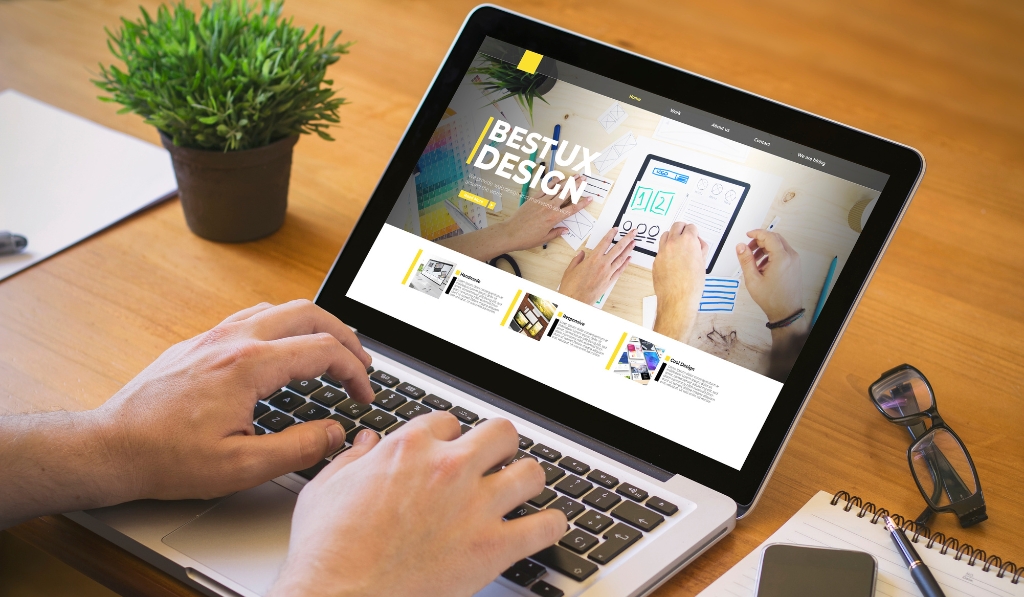
E-Commerce Website Design Services and What to Expect
If you’re planning to sell online, you need more than a pretty layout. An eCommerce website must manage inventory, offer secure checkout, integrate with shipping and payment systems, and function flawlessly on all devices. I design WooCommerce and Shopify websites that are not only visually appealing but also fully optimized for speed, conversion, and SEO.
Product filters, customer accounts, abandoned cart emails, and mobile-friendly checkout flows are just the beginning. I work closely with business owners to plan categories, setup tax rules, and connect CRMs or email platforms like Mailchimp or Klaviyo. Whether it’s a small store with 20 products or an extensive catalog of 2,000, I ensure it’s scalable and straightforward to manage.
Website Maintenance and Hosting Services Shouldn’t Be Ignored
Once your site is live, the work isn’t over. Without regular updates, backups, and security checks, your website becomes vulnerable to downtime and cyberattacks. I offer maintenance packages that cover plugin updates, uptime monitoring, speed optimization, malware scans, and SSL certificate renewals. You shouldn’t have to worry about broken links or slow load times—my job is to keep your website running smoothly.
If you’re not hosting your site on a reliable server, all the work we do can be undone by poor performance. That’s why I help clients choose the right web hosting solutions—whether it’s shared, VPS, or managed WordPress hosting. Speed, uptime, and scalability are key. Every second delay can cost you customers, and I ensure that it never happens.
Comparing Freelancer vs Agency vs Local Website Designers
You may be wondering whether to hire a freelancer, an agency, or a local professional. Each option has pros and cons. I’ve worked with clients who were burned by agencies that overcharged and under-delivered. Others had bad experiences with cheap freelancers who ghosted them halfway through the project. As a seasoned professional, I try to offer the best of both worlds—agency-quality work with personalized support and fair pricing.
If you need someone to handle everything from branding to design to SEO and ads, a full-service agency might work. But if you want hands-on collaboration, transparency, and a flexible partner who can grow with your business, a freelancer like me can be a better choice. I care deeply about the success of every project I take on, and that’s something you don’t always get with a large team.
Reviewing Portfolios, Testimonials, and Case Studies
Before making a decision, I always advise clients to review portfolios. A designer’s past work will show you their visual style, attention to detail, and versatility. I showcase all my best projects on my website, and I include case studies that break down the goals, challenges, and results of each project. If you’re hiring someone to design your digital storefront, they should be proud to show you what they’ve built.
Testimonials also matter. What clients say about working with someone tells you a lot about communication, support, and long-term relationships. My Upwork profile, Fiverr gigs, and LinkedIn are filled with 5-star reviews, and I strive to deliver the same level of service to every new client.
Setting the Budget and Timeline Expectations
Budget is always part of the conversation. I get it—every business wants to get value without overspending. The reality is that quality website design requires time, tools, and expertise. My pricing reflects the complexity of the project, whether you need a simple five-page brochure site or a full-featured eCommerce store.
I’m upfront about timelines too. A basic WordPress site may take 2–3 weeks, while an eCommerce project could span a month or more, depending on the features and feedback cycles. If you’re working with a designer who promises everything in three days, be cautious. Rushed design usually leads to problems later.
Why Your Business Needs a Website That’s Built to Convert
Ultimately, your website isn’t just about looking good—it’s about turning visitors into customers. Every element on the page should have a purpose: headlines that capture attention, images that tell your story, calls-to-action that guide users toward booking, buying, or contacting you. I design every site with conversion optimization in mind.
Using tools like Google Analytics, Hotjar, and A/B testing, I track what works and what doesn’t. This data-driven approach helps improve performance over time. Whether it’s a landing page for ads or an entire sales funnel, I make sure your site works hard for your business.
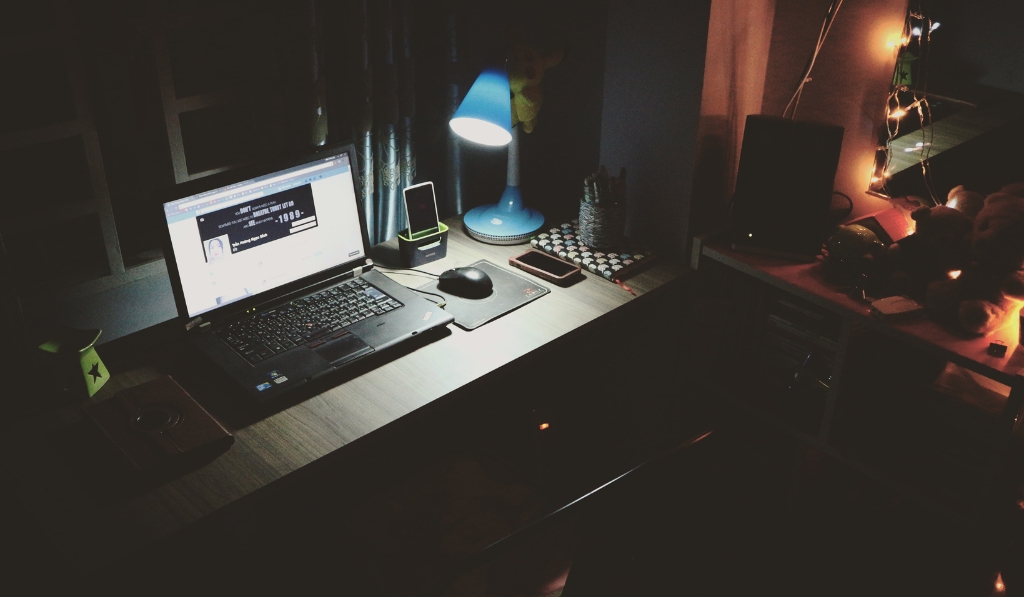
Frequently Asked Questions About Choosing the Right Website Design Service
What should I look for when hiring a website design service?
When hiring a website design service, I recommend looking for experience with modern platforms like WordPress, Elementor, or Shopify. Make sure the designer understands SEO, responsive design, and user experience. Always ask for a portfolio and client reviews to understand the kind of results you can expect.
How much does a professional website design typically cost?
Website design costs can vary significantly depending on the site’s size and complexity. For a basic business website, you might spend anywhere from $500 to $2,500. For eCommerce or custom solutions, the cost can range from $3,000 to $10,000 or more. I always provide transparent quotes tailored to specific project needs.
Is it better to hire a freelancer or a web design agency?
It depends on your goals and budget. Agencies usually come with more overhead and higher costs, but can offer full-service support. As a freelancer, I provide the same level of expertise with more flexibility, direct communication, and often better value for small to mid-sized businesses.
How long does it take to design and launch a website?
A typical business website takes about 2–3 weeks from start to launch, assuming good communication and timely feedback. Larger or more complex websites—especially eCommerce platforms—can take 4–6 weeks or longer. I always establish a clear timeline with clients before starting.
Will my new website be SEO-friendly and mobile-responsive?
Yes, every site I design is fully mobile-responsive and built with SEO in mind. That includes optimized speed, keyword-friendly URLs, structured content, and schema markup. I also ensure your site meets Google’s Core Web Vitals for top performance.
Conclusion – Making the Right Choice for Your Website Design Partner
Choosing the right website design service is one of the most important investments you’ll make for your business. It’s not just about picking someone who can build a pretty site—it’s about choosing a partner who understands your goals, aligns with your brand, and has the skills to deliver results.
As someone who’s helped over 170 businesses launch websites that convert, I’m confident in my ability to do the same for you. If you’re looking for a responsive, SEO-optimized, conversion-focused website designed by someone who listens and delivers—I’d love to talk. Reach out today and let’s create something great together.


